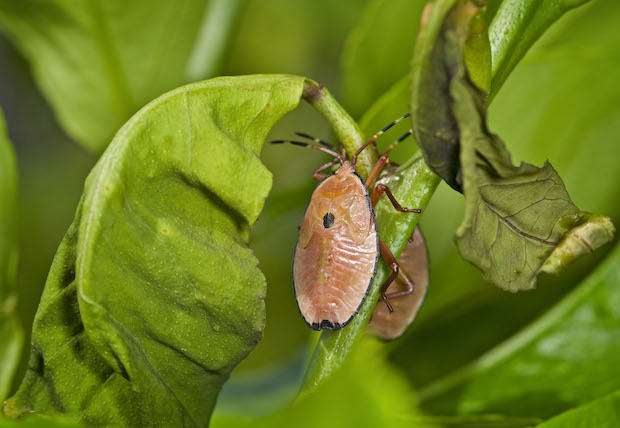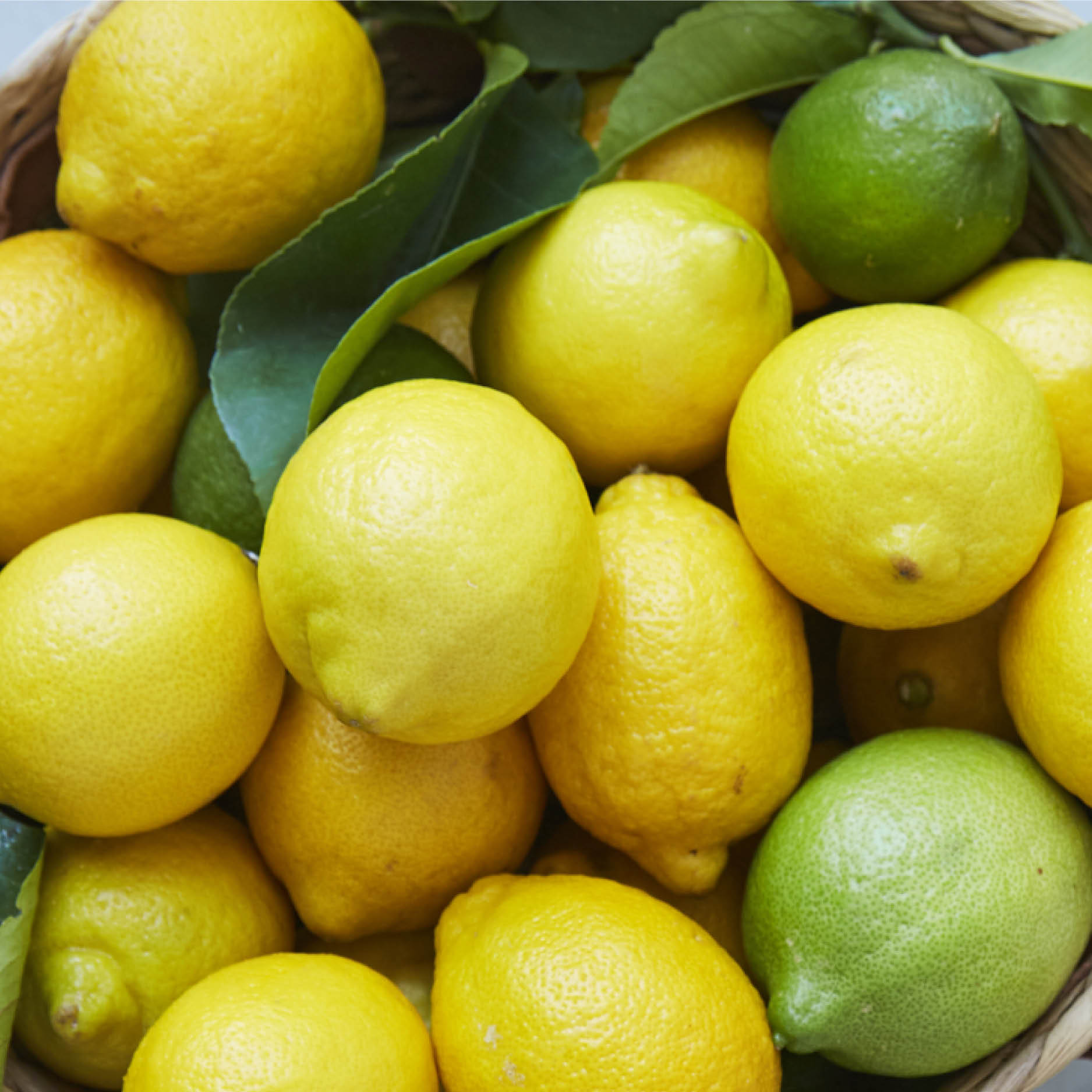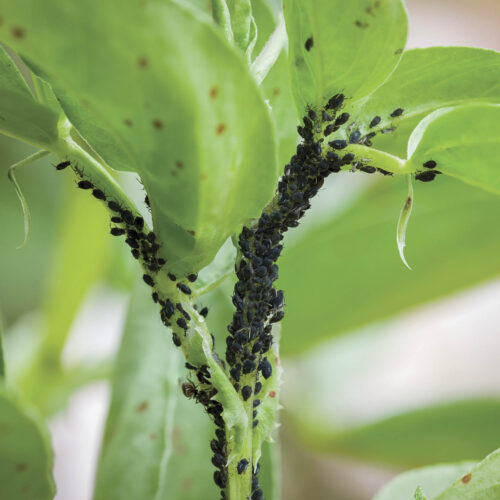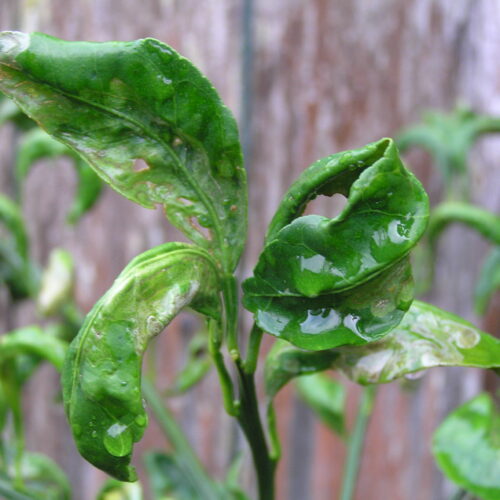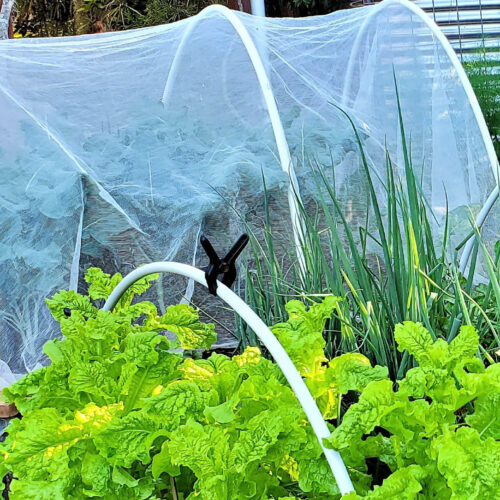How to prevent and treat bugs and citrus gall wasp
2018-05-10T03:35:37+10:00
Denis Crawford suggests organic remedies for the major pests afflicting citrus.
I receive a lot of queries about pests of citrus trees. The most common questions that I get again and again and year after year are about sap-sucking insects and sooty mould.
“Don’t panic” is my usual advice to gardeners when dealing with citrus issues. Most pests, diseases and deficiencies won’t kill your tree, but might leave it looking a bit tatty. One of the worst-looking lemon trees I have ever seen was in my brother’s backyard in Melbourne (sorry Jack). There it was in a back corner; sad, neglected, but had more fruit than leaves!
Of course, not everyone can be this lucky and in any case, some pests are so serious they can devastate a citrus tree or even kill it if not dealt with in a timely manner.
One overarching tip to help ensure citrus health is to not over-water or over-fertilise your trees as this promotes lots of soft growth that attracts many citrus pests. The key is not to give a year’s worth of fertiliser all at once, especially in spring. How much you give and how often depends on your soil type and climate. It is best to use a balanced organic fertiliser formulated for citrus, and regular foliar sprays of seaweed solution may also be helpful. Citrus trees are mostly shallow rooted and need to be watered regularly, but not drowned. Test for soil moisture with your finger. If it’s damp don’t water,
if it’s dry do water. Also, mulch to minimise water loss and stop competition from weeds.
Here are some common problems and solutions.
BUGS
There are a number of large (15–25mm long) sap-sucking bugs, including spined citrus bug, bronze orange bug, and crusader bug, that attack citrus trees. Spined citrus bugs attack citrus fruit directly causing brown staining, drying out of fruit segments and fruit drop. Crusader bugs feed on young plant growth causing wilting of shoots above the point of feeding. Bronze orange bugs do the same thing but they also damage flower stalks causing flowers to fall, and stalks of young fruit causing fruit drop. These bugs, especially bronze orange bug, release foul-smelling defence liquid when threatened, so wear gloves if handling them. Bronze orange bugs can squirt their defence liquid quite far, so wear goggles as well.
PREVENTION AND TREATMENT
Use insect exclusion bags over fruit but if bugs are present they tend to cluster together in winter either as adults or nymphs. Wearing protective gear, knock them off into a bucket of soapy water. As a last resort, spray bugs with organic pyrethrum (take care as it will kill beneficial insects).
CITRUS GALL WASP
All varieties of citrus may be attacked by citrus gall wasp, with lemons and oranges being the most seriously affected. Tiny female wasps lay their eggs into the bark of soft twigs in spring. Larvae hatch out and burrow into plant tissue. By late spring woody tissue forms around the larvae, the twig swells and begins to develop into a characteristic gall.
The life-cycle is completed over winter and adults emerge the following spring, leaving the galls dotted with little holes. The wasps mate and begin laying eggs almost immediately, often on the same tree. Neglected trees can end up with very large galls (500mm long). Although native to eastern Australia, the pest has been found in Perth, WA.
PREVENTION AND TREATMENT
Don’t prune heavily in winter as this encourages soft new growth in spring, into which wasps can lay eggs. Don’t apply fertilisers high in nitrogen in winter or spring for the same reason. Try spraying the tree with horticultural oil in spring to disrupt wasps laying eggs.
Prune off galls, cutting well below them to make sure you are removing all larvae. Timing is critical. Wasps emerge in most areas from mid September until early November (because of warming climate, this seems to be happening earlier). You must prune before this. Burn, soak under water, cook in the sun in a sealed plastic bag or deep bury the pruned galls; putting them in green waste only spreads the pest.
Good garden hygiene is important. Encourage your neighbours to do the same. There’s no point you picking up your infested fruit if your next door neighbour isn’t. Flies can fly!
SOOTY MOULD
Sooty mould looks like a plant disease but isn’t. Sooty mould is various species of fungi that grow on the sticky honeydew excreted by many species of sap-sucking insects such as aphids, mealybugs, planthoppers, soft scale insects, and whiteflies. Symptoms are typically dry, black or dark grey ‘sooty’ fungal growth on leaves, twigs and fruit. A thick layer of sooty mould on leaves may cause a reduction in plant photosynthesis, resulting in leaf drop.
PREVENTION AND TREATMENT
Ants are a big culprit, protecting sap sucking insects in return for feeding on the honeydew upon which the sooty mould grows.
Control ants and sap-sucking insects. The equation is simple; no pests means no honeydew which means no sooty mould. Once the source of the honeydew is removed the fungus should dry out and fall off the leaves. You can also hose or wipe off the mould with a soapy cloth. Also, band your tree trunks with horticultural glue to prevent ants from climbing up.
SCALE INSECTS
Sap-sucking scale insects attack most varieties of citrus trees. Infestations of scales can build rapidly because females lay many eggs or live young, and there are several generations per year.
HARD (ARMOURED) SCALES include pests such as red scale and white louse scale. These insects are usually very small (1-2mm) with a thin, hard, waxy cover. The saliva injected during feeding is toxic to citrus plant tissues and cause the shedding of leaves and fruit, the dying back of branches, and the death of young trees. Hard scales do not produce honeydew.
SOFT SCALES include pests such as soft brown scale, black scale, many wax scales, and cottony cushion scale. Soft scales are usually about 3–5 mm long and have a toughened upper surface of the body, rather than a separate cover. Soft scales don’t produce the toxic saliva of hard scales, but they produce vast amounts of honeydew. Sooty mould grows on honeydew.
PREVENTION AND TREATMENT
Soft scale infestations are attended by many species of ants that feed on the honeydew excreted by the insects. In return, the ants protect the soft scales from predators and parasites. Controlling ants is one way to help the natural enemies of soft scales to take control, and is the best preventative measure you can take against soft scale attack. A cardboard collar with horticultural glue on it placed around the trunk of the tree will prevent ants climbing up. Minor infestations can be brushed off with an old toothbrush, or scraped off with a soft blade.
Heavy infestations can be pruned off. You can also apply horticultural oil sprays; look for those based on plant oils (not petroleum or paraffin). These oils work by smothering the insects, so when applying be sure to target the scales. Lime sulphur is an additional insecticide registered against white louse scale only. Always follow label directions in terms of timing and frequency of sprays.
OTHER PROBLEMS
There are many other insect pests of citrus trees including various mites, aphids, thrips, planthoppers, whiteflies, caterpillars (including citrus leafminer) and beetles. Use the strategies for scale insects as a starting point for treating small sap-suckers. Use the strategies for bugs as a starting point for dealing with larger pests.

